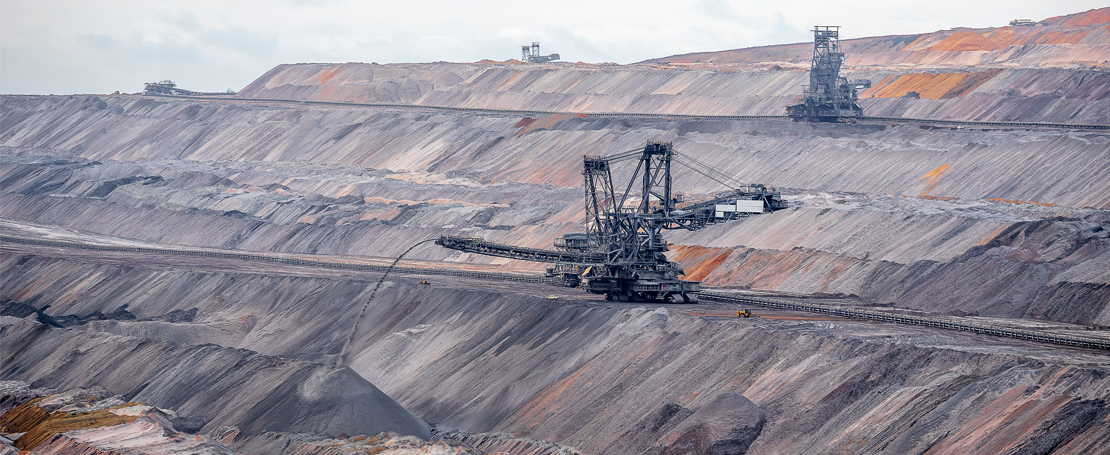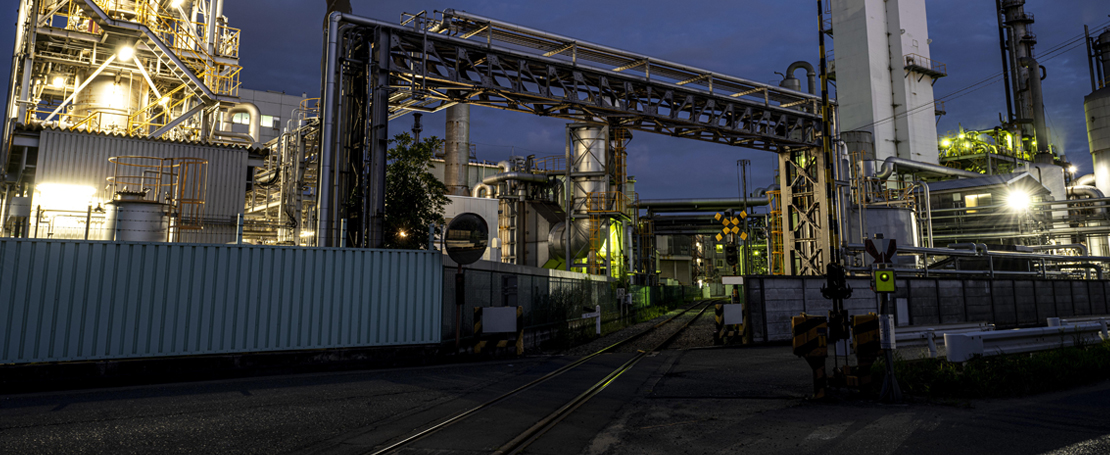Coal-handling plants play a crucial role in the Power industry. Have you ever wondered how the coal that is used to power your home or workplace gets from the ground to the power plant? Or how it’s stored, processed, and transported safely? The answer lies in the coal handling plant.
As our dependence on coal continues, so does the need for effective and efficient coal-handling plants. However, the importance of these plants goes beyond just power generation. They also play a vital role in ensuring safety, preventing environmental pollution, and improving overall productivity.
If you’re involved in the mining/power industry or curious about how coal is processed and transported, this blog is for you. In this article, we will explore the importance of coal-handling plants, their components, and the benefits they provide.
So, let’s dive into coal-handling plants and discover why they are so important.
Components of Coal Handling Plant
Understanding the various components that work together to handle and transport coal efficiently is essential. Here are the main components of a coal-handling plant:
Unloading System
- Used to unload coal from incoming ships, trains, or trucks.
- Consists of a receiving hopper/dump hopper, belt conveyors, etc
Crushing System
- Used to crush coal into smaller pieces
- Helps to increase the surface area of coal, making it easier to burn efficiently
- Consists of crushers, belt conveyor, and vibrating screens
Conveying System
- Used to transport coal from one location to another
- Consists of a series of belt conveyors, trippers, and chutes
Stacking System
- Used to stack coal in a storage yard for future use
- Consists of a stacker, a stacker reclaimer, and a yard conveyor
Reclaiming System
- Used to reclaim coal from the storage yard
- Consists of a stacker reclaimer, a conveyor, and a crusher
- Each of these components plays a vital role in efficiently handling and transporting coal. Working together ensures that coal is processed and transported safely and effectively.
Importance of Coal Handling Plant
A coal handling plant is essential to the coal-based thermal power plant.
Safety reasons:
- Fire hazards: Coal is highly flammable and can catch fire easily, leading to catastrophic accidents. The coal handling plant ensures that the coal is stored safely and transported without mishaps.
- Explosions: Coal dust is highly explosive and can cause massive explosions if improperly handled. The coal handling plant has measures to prevent the accumulation of coal dust and ensure safe handling.
Environmental reasons:
- Pollution prevention: Coal is a significant source of air and water pollution. The coal handling plant helps reduce pollution by controlling the emission of dust and harmful gases during coal transportation and storage.
- Waste management: The coal handling plant ensures the proper management of coal waste or coal refuse. The waste material generated during coal mining comprises various rocks, soil, and other materials, which can release harmful pollutants and contaminants into the environment. The coal handling plant manages this waste material to prevent long-term environmental damage.
Efficiency reasons:
- Reduction in downtime: The coal handling plant helps in reducing the downtime of the power plant by ensuring a steady supply of coal to the power plant. Any interruption in the coal supply can result in the shutdown of the entire power plant, leading to substantial financial losses.
- Increase in productivity: The coal handling plant plays a crucial role in increasing the power plant’s productivity. It ensures that the coal is transported and stored efficiently, reducing the time required for coal handling and increasing the overall productivity of the power plant.
Conclusion
The coal handling system plays a crucial role in the coal mining industry. Its significance can be seen from the safety, environmental, and efficiency reasons discussed above. The plant helps prevent fire hazards and explosions, thereby ensuring the safety of workers and reducing the risk of property damage.
It also promotes pollution prevention and waste management, ensuring the environment is not adversely affected. Lastly, the plant helps reduce downtime and increase productivity, making it a critical component in coal handling.
Therefore, ensuring that the coal handling plant is well-maintained and functioning correctly is essential. Any lapses in its maintenance or operation can lead to severe consequences regarding safety and productivity. By understanding the importance of the coal handling plant, we can take the necessary steps to ensure that it operates efficiently, thereby benefiting not only the coal mining industry but also the environment and the safety of workers.
 IND
IND VN
VN CN
CN KR
KR JP
JP

